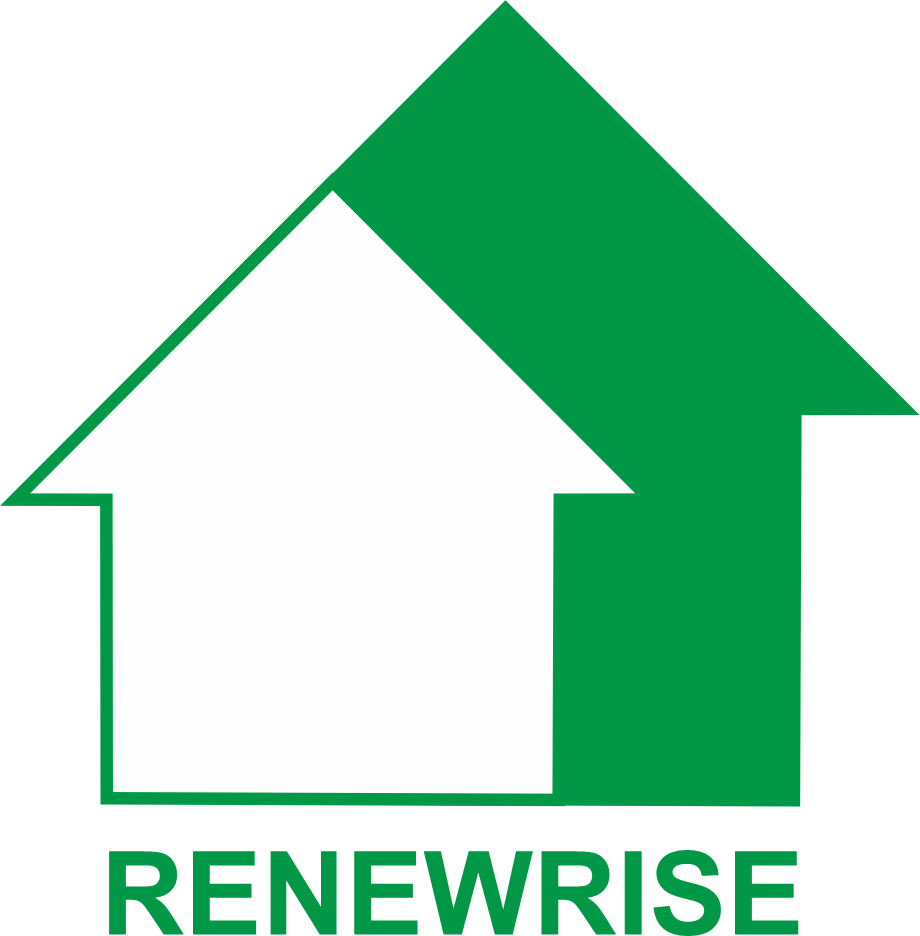Interior design
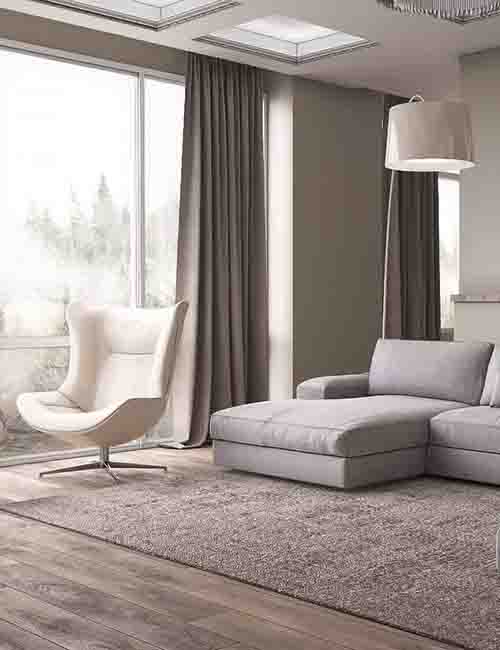
Interior design - what is it?
Interior design is the practice of planning and designing interior spaces to create environments that are visually appealing, functional, and conducive to the well-being and comfort of the occupants. It involves considerations such as layout, color schemes, furniture selection, lighting, and accessories to achieve a harmonious and cohesive design.
- Functionality: We ensure each space serves its purpose efficiently and beautifully through careful layout planning and design elements.
- Aesthetics: Our team crafts visually striking environments that reflect clients’ style and personality, utilizing precise color, texture, and decor selection.
- Comfort: Prioritizing well-being, we select furniture and lighting to create inviting, comforting spaces.
- Spatial optimization: We maximize space usage, whether it’s optimizing storage in small areas or designing open layouts for commercial spaces.
- Enhanced living/working experience: Our goal is to elevate experiences by blending functionality, aesthetics, and comfort, improving quality of life and productivity.
Aspects of interior design extend far beyond mere aesthetics, encompassing a range of considerations to optimize functionality, comfort, and overall living experience. Here are some additional facets that underscore the depth and breadth of the discipline:
1. Ergonomics:
Ensuring comfortable use of space considering human proportions, movements, and needs.
2. Acoustics:
Adressing sound treatment in the space to create a pleasant acoustic environment and reduce noise.
3. Sustainability:
Using environmentally friendly materials and sustainable technologies to minimize negative impact on the environment.
4. Smart home technologies:
Integrating modern technologies for automation and control of lighting, climate, security, and entertainment.
5. Safety and accessibility:
Creating safe and accessible conditions for all users, including children, elderly individuals, and people with disabilities.
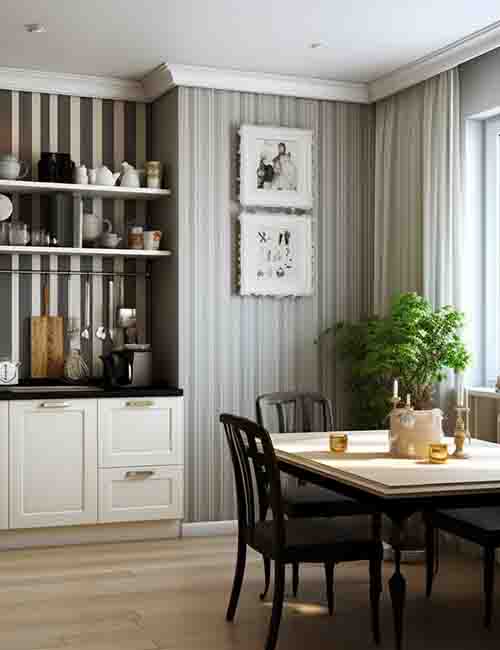
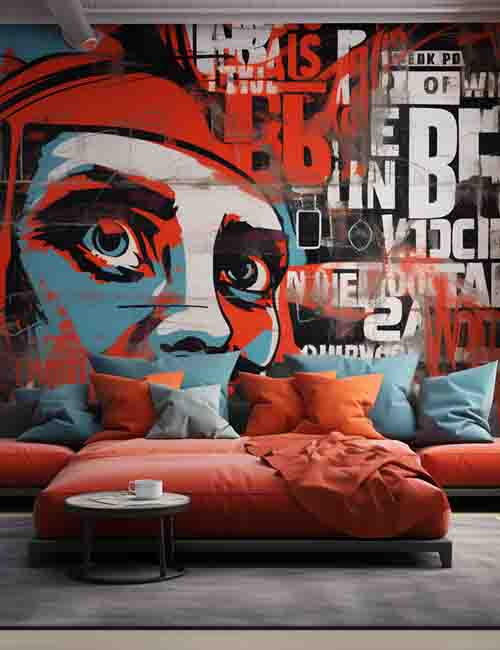
6. Interior botany:
Incorporating plants into the interior for natural balance, air quality improvement, and aesthetic enhancement.
7. Multifunctionality:
Designing multi-functional spaces and furniture for optimal use of available space.
8. Visual effects:
Using various methods such as lighting, mirrors, and color schemes to create specific visual effects, such as enlarging space or changing mood.
9. Cultural and ethnic aspects:
Considering clients’ cultural traditions, customs, and preferences when developing interior design.
10. Functional zones and flows:
Creating a logical organization of space with functional zones and flows of movement to enhance comfort and usability.

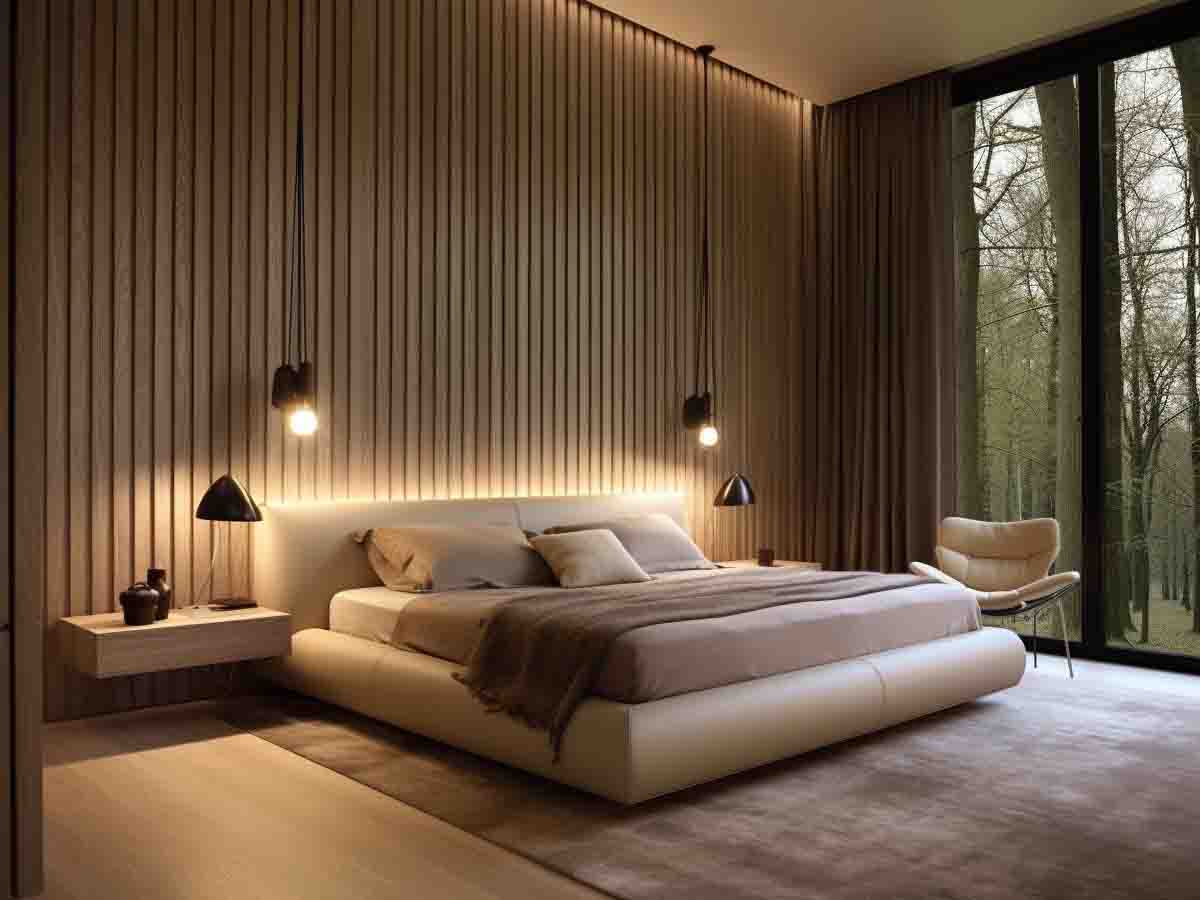
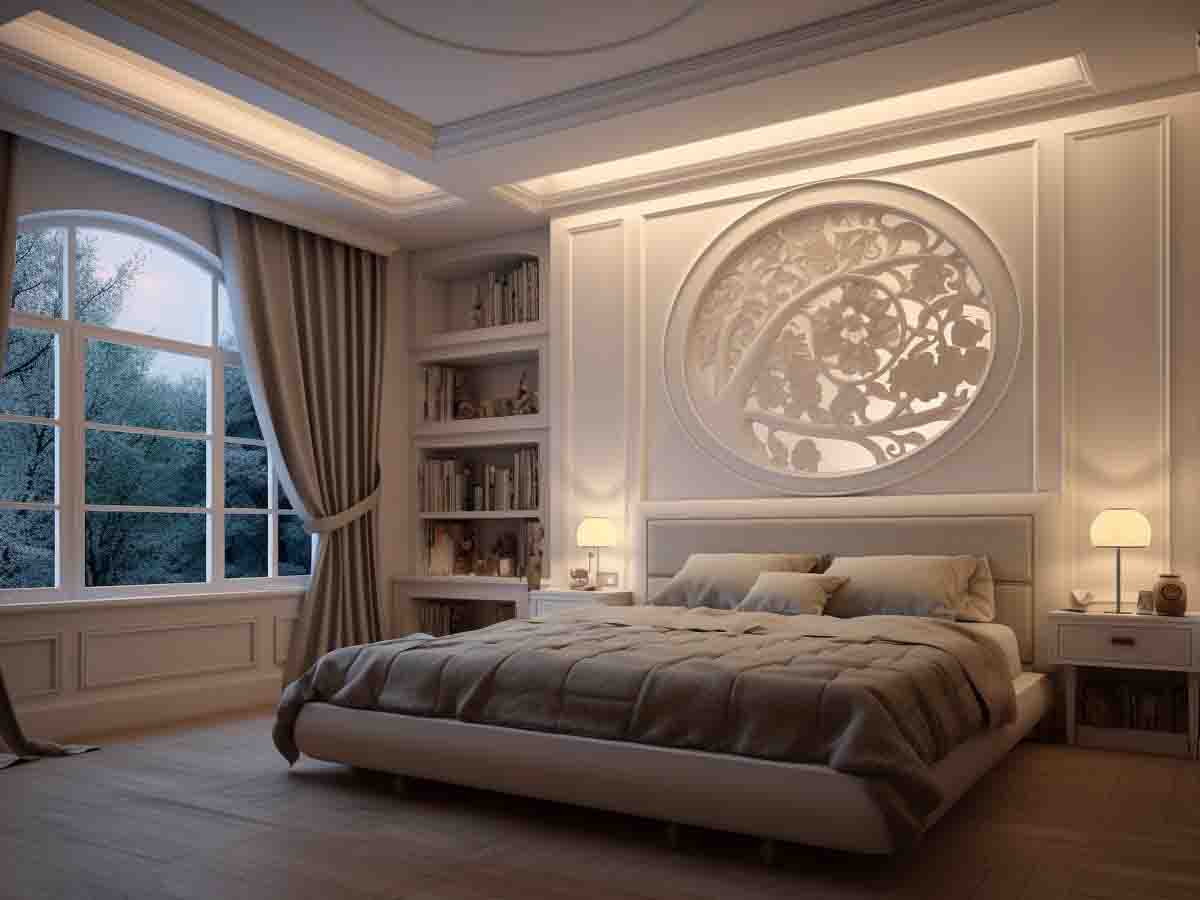
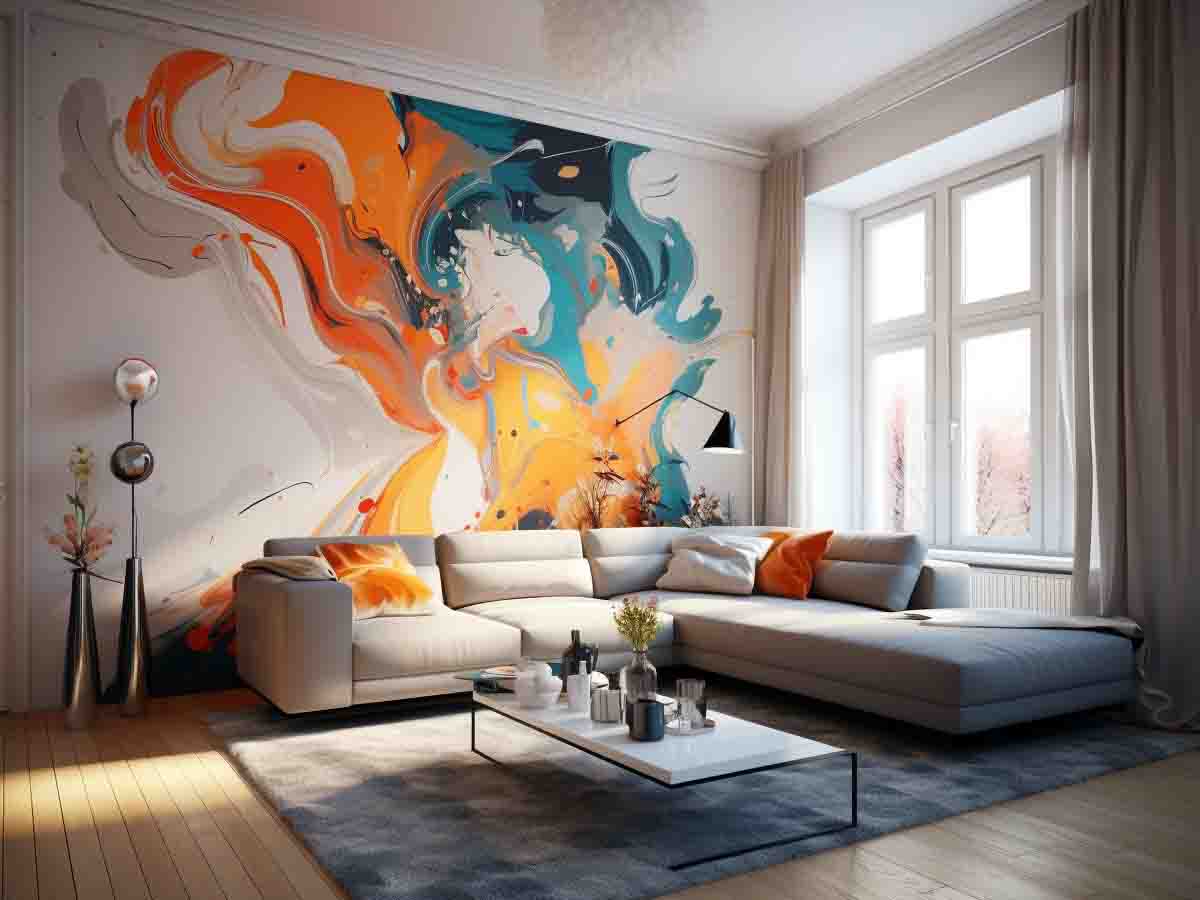
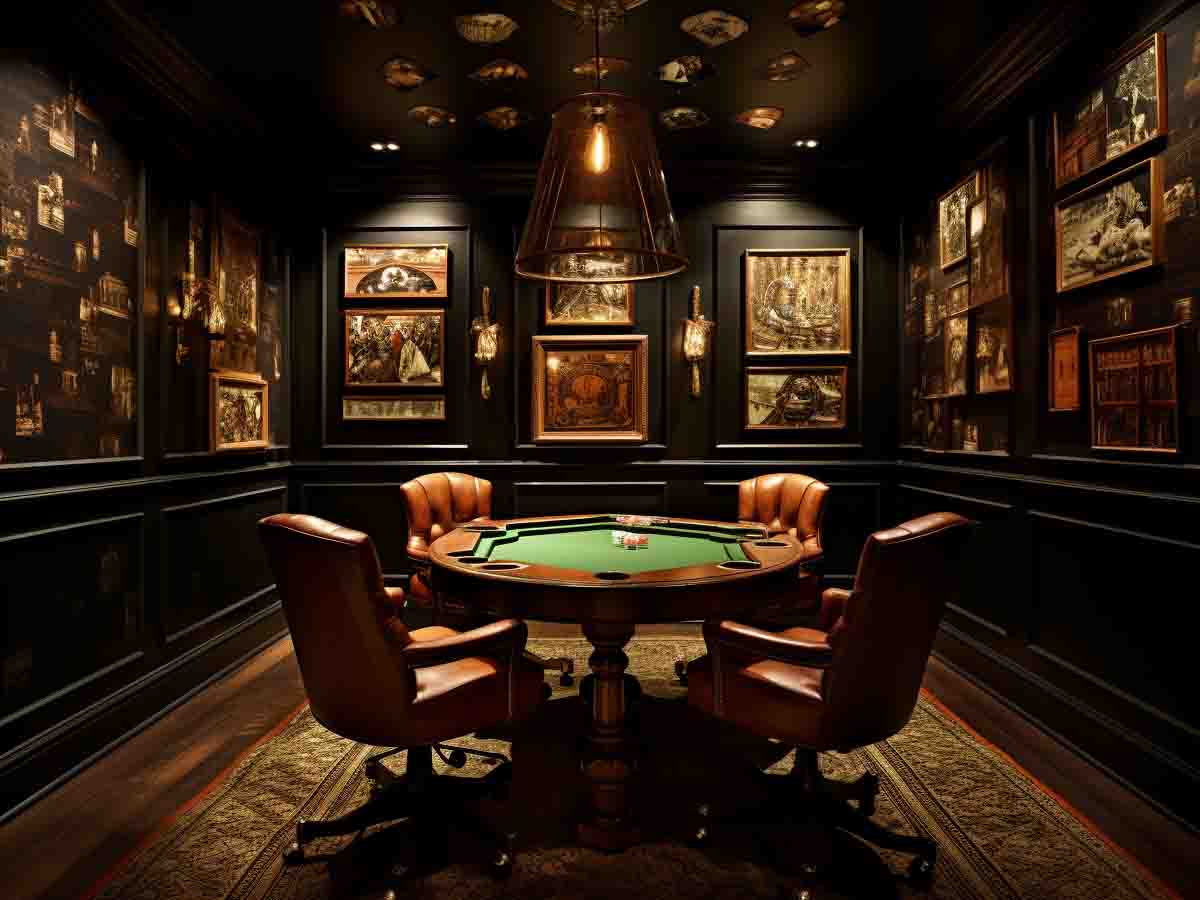
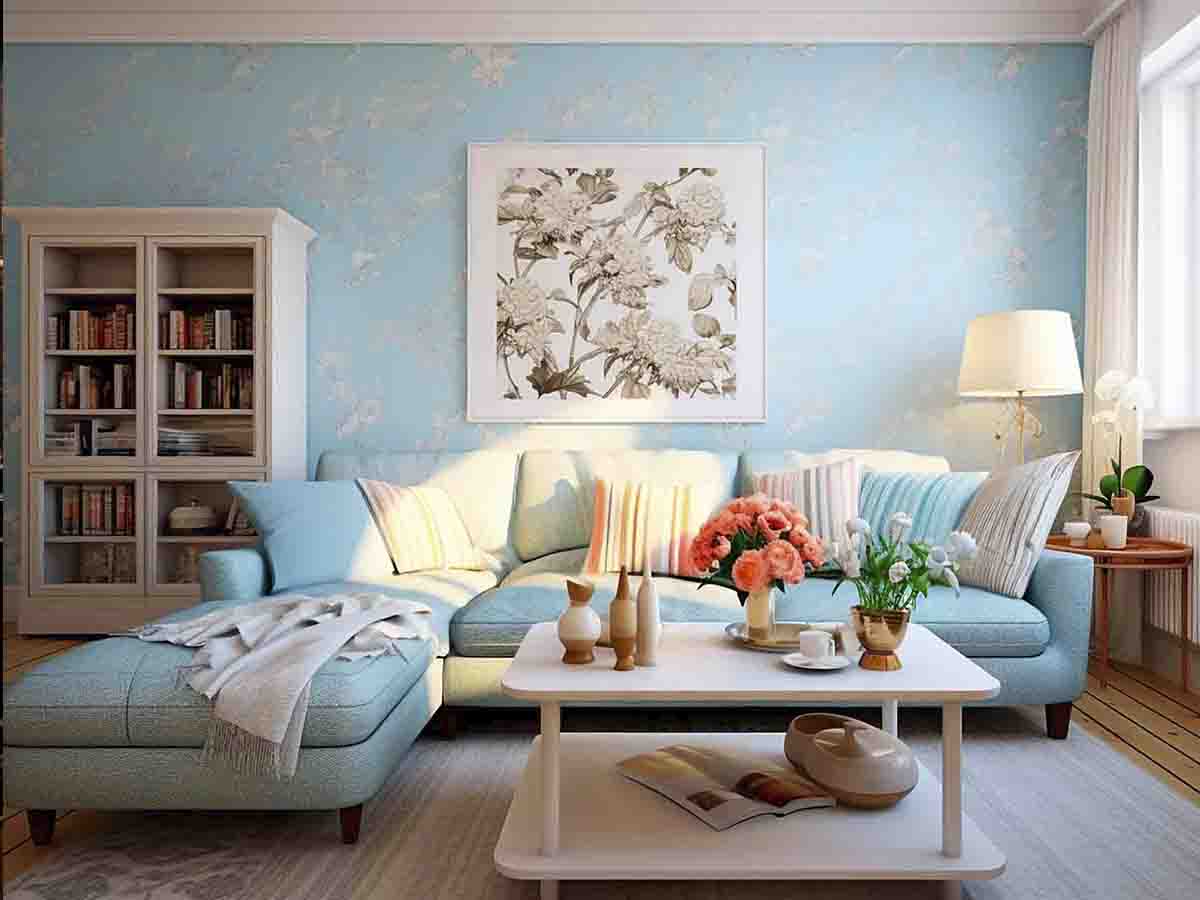
The four main points of interior design include:
Functionality
Optimizing space usage according to its intended purpose and user needs.
Aesthetics
Creating visually appealing and harmonious environments that match the style and preferences of the client.
Comfort
Providing comfort and coziness through the proper selection of furniture, lighting, and other interior elements.
Ergonomics
Working with space distribution and furniture selection to ensure comfortable usage of the room.
These points provide a structured approach to the initial stage of design, laying a solid foundation for the successful implementation of the project.
